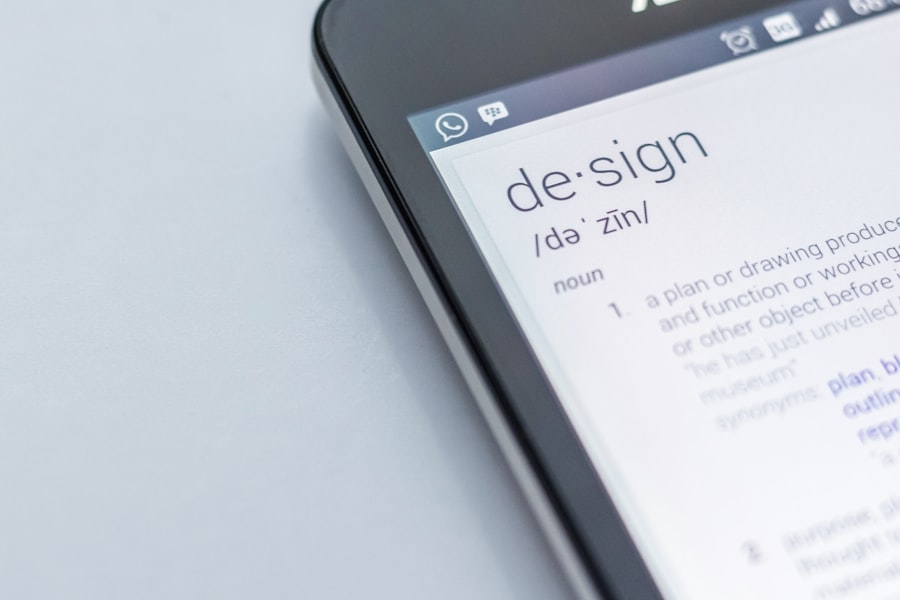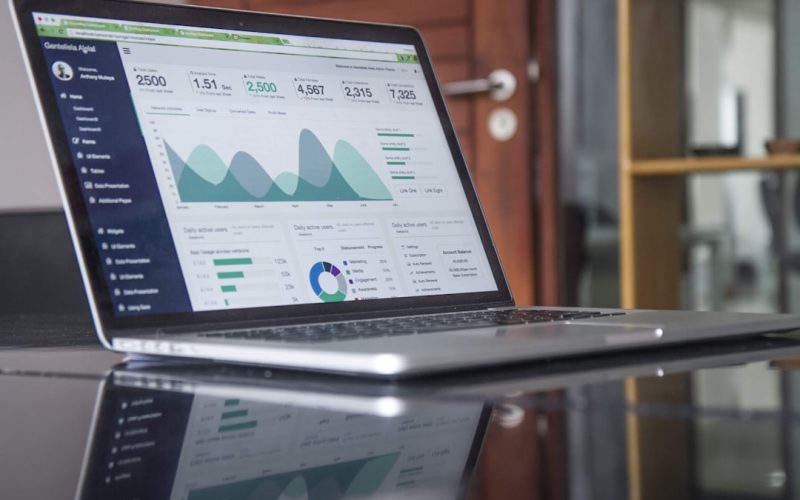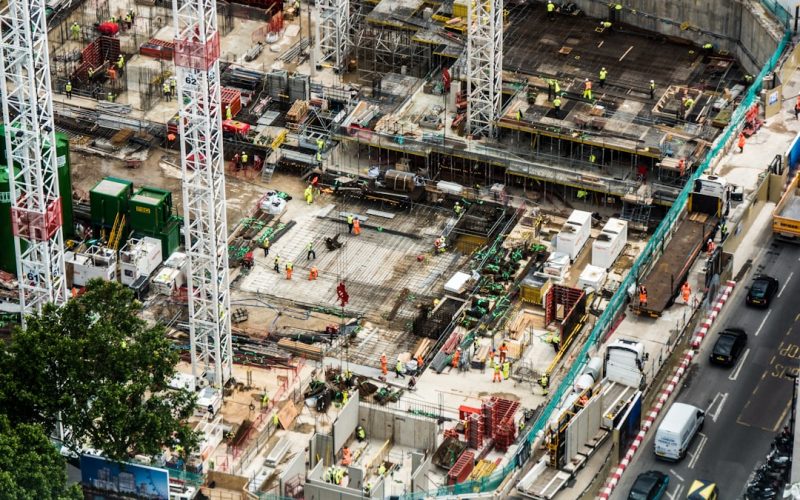As I delve into the world of WordPress, one of the most critical aspects that I have come to appreciate is site speed optimization. In an era where users expect instant gratification, the speed at which my website loads can make or break their experience. A slow-loading site can lead to high bounce rates, decreased user engagement, and ultimately, a negative impact on my site’s overall performance.
Therefore, understanding the nuances of site speed optimization has become a priority for me as a website owner. In this article, I will explore various strategies and techniques that I can employ to enhance the speed of my WordPress site. From selecting the right web hosting provider to optimizing images and utilizing caching plugins, I will cover a comprehensive range of methods that can significantly improve loading times.
By implementing these strategies, I aim to create a seamless experience for my visitors while also boosting my site’s search engine rankings.
Table of Contents
ToggleKey Takeaways
- WordPress site speed optimization is crucial for user experience and SEO.
- Choosing the right web hosting is essential for optimal site speed.
- Optimizing images and media files is important for faster loading times.
- Utilizing caching plugins can significantly improve site performance.
- Implementing lazy loading, minifying and combining files, utilizing CDNs, and conducting regular site speed audits are key for maintaining site speed in 2025.
Importance of site speed for user experience and SEO
User Experience and Conversions
I have learned that users are increasingly impatient; if my website takes more than a few seconds to load, they are likely to abandon it in favor of a competitor’s site. This behavior not only affects my site’s traffic but also diminishes the likelihood of conversions.
Search Engine Optimization (SEO)
A fast-loading website fosters a positive user experience, encouraging visitors to explore my content further and engage with my brand. Moreover, search engines like Google have made it clear that site speed is a ranking factor. As I strive to improve my site’s visibility in search results, I recognize that a slow website can hinder my efforts.
Ranking Higher in Search Engine Results Pages (SERPs)
Google’s algorithms prioritize sites that offer quick loading times, as they are more likely to provide valuable content to users. By optimizing my site’s speed, I can enhance both user satisfaction and my chances of ranking higher in search engine results pages (SERPs).
Choosing the right web hosting for optimal site speed

One of the first steps I took in optimizing my WordPress site’s speed was selecting the right web hosting provider. The hosting environment plays a crucial role in determining how quickly my website loads. I realized that not all hosting services are created equal; some offer shared hosting plans that can lead to slower performance due to resource limitations.
After conducting thorough research, I opted for a managed WordPress hosting provider that specializes in optimizing performance for WordPress sites. In addition to managed hosting, I also considered factors such as server location and scalability. Choosing a hosting provider with data centers close to my target audience can significantly reduce latency and improve loading times. Furthermore, I wanted a host that could easily accommodate my site’s growth without compromising performance. By prioritizing these aspects during my hosting selection process, I set a solid foundation for achieving optimal site speed.
Optimizing images and media files for faster loading times
| Image/Media Type | Optimization Technique | Impact on Loading Time |
|---|---|---|
| Images | Compression | Significant reduction in file size |
| Images | Resizing | Decreased load time for large images |
| Video | Encoding | Reduced file size and faster streaming |
| Audio | Format conversion | Smaller file size and quicker playback |
Images and media files are often the heaviest elements on a webpage, which is why optimizing them has become a key focus for me in improving site speed. Initially, I was unaware of how much unoptimized images could slow down my site. However, after analyzing my website’s performance, I discovered that large image files were contributing significantly to longer loading times.
To address this issue, I began compressing images before uploading them to my site. I also learned about the importance of using the right file formats for different types of images. For instance, JPEG is ideal for photographs due to its balance between quality and file size, while PNG is better suited for images with transparency or text.
Additionally, I started implementing responsive images using the “srcset” attribute, which allows browsers to select the appropriate image size based on the user’s device. By taking these steps, I have been able to significantly reduce loading times while maintaining visual quality.
Utilizing caching plugins to improve site performance
Another effective strategy I discovered for enhancing my WordPress site’s speed is utilizing caching plugins. Caching works by storing static versions of my web pages, allowing them to load faster for returning visitors. Initially, I was skeptical about how much of an impact caching could have on performance, but after installing a popular caching plugin, I was amazed by the results.
The plugin I chose offered various caching options, including page caching, browser caching, and object caching. By enabling these features, I noticed a substantial decrease in loading times across my site. Additionally, caching plugins often come with built-in tools for optimizing database performance and minimizing server load.
This not only improved user experience but also contributed positively to my site’s SEO efforts.
Implementing lazy loading for images and videos

Reduced Bandwidth and Data Consumption
Additionally, lazy loading reduces bandwidth usage, which is particularly beneficial for mobile users with limited data plans.
A Simple yet Effective Technique
This simple yet effective technique has become an essential part of my site speed optimization strategy.
Minifying and combining CSS and JavaScript files
Another crucial step in optimizing my WordPress site’s speed involved minifying and combining CSS and JavaScript files. Over time, I had accumulated numerous stylesheets and scripts that were bloating my website’s code. Minification involves removing unnecessary characters such as whitespace and comments from these files, resulting in smaller file sizes that load faster.
I also learned about the benefits of combining multiple CSS and JavaScript files into single files. By reducing the number of HTTP requests required to load my site, I was able to further enhance performance. There are several plugins available that automate this process, making it easy for me to implement these optimizations without extensive coding knowledge.
The result was a noticeable improvement in loading times and overall site performance.
Utilizing content delivery networks (CDNs) for faster content delivery
To take my site speed optimization efforts even further, I decided to utilize a content delivery network (CDN). A CDN is a network of servers distributed across various geographical locations that store cached versions of my website’s content. When users access my site, the CDN serves content from the server closest to them, reducing latency and improving loading times.
Implementing a CDN has been one of the most impactful decisions I’ve made regarding site speed optimization. Not only does it enhance performance for users around the world, but it also provides additional security features such as DDoS protection and SSL support. As my audience continues to grow globally, having a CDN ensures that all visitors receive a fast and reliable experience regardless of their location.
Implementing responsive design for mobile optimization
In today’s digital landscape, mobile optimization is paramount for ensuring fast loading times and an excellent user experience. As more users access websites via mobile devices, I recognized the importance of implementing responsive design principles on my WordPress site. A responsive design automatically adjusts the layout and content based on the user’s screen size, providing an optimal viewing experience across devices.
By adopting responsive design techniques, I not only improved loading times but also enhanced usability for mobile users.
This approach eliminates the need for separate mobile sites or excessive zooming and scrolling on smaller screens. Additionally, search engines favor mobile-friendly websites in their rankings, further emphasizing the importance of this optimization strategy.
Conducting regular site speed audits and performance testing
To ensure that my efforts in optimizing site speed remain effective over time, I have made it a habit to conduct regular site speed audits and performance testing. Various tools are available that allow me to analyze loading times and identify areas for improvement. By consistently monitoring my site’s performance metrics, I can quickly address any issues that may arise.
These audits have proven invaluable in helping me stay ahead of potential slowdowns caused by new plugins or updates. Additionally, they provide insights into how changes I’ve made impact overall performance. By treating site speed optimization as an ongoing process rather than a one-time task, I can maintain a fast-loading website that meets user expectations.
Conclusion and final tips for maintaining site speed in 2025
As I reflect on my journey toward optimizing my WordPress site’s speed, it’s clear that this endeavor requires continuous effort and adaptation to evolving technologies and user expectations. In 2025 and beyond, maintaining optimal site speed will be crucial for staying competitive in the digital landscape. To ensure ongoing success in this area, I plan to stay informed about emerging trends in web development and optimization techniques.
Regularly updating plugins and themes will help prevent compatibility issues that could slow down my site. Additionally, as new technologies such as HTTP/3 become more widely adopted, I’ll be ready to implement them to further enhance performance. Ultimately, by prioritizing site speed optimization as an integral part of my website management strategy, I can create a better experience for users while improving my site’s visibility in search engines.
With dedication and attention to detail, I’m confident that I can maintain a fast-loading WordPress site well into the future.
If you’re looking to improve the performance of your WordPress site, you may also be interested in learning about professional WordPress website designing services. Simon Says Web Design offers expert solutions for creating visually appealing and user-friendly websites that are optimized for speed and performance. Check out their article on Professional WordPress Website Designing Services to learn more about how they can help you create a website that not only looks great but also loads quickly.
FAQs
What are the benefits of speeding up a WordPress site?
Speeding up a WordPress site can lead to improved user experience, higher search engine rankings, increased conversion rates, and better overall performance.
What are some common factors that can slow down a WordPress site?
Common factors that can slow down a WordPress site include large image files, too many plugins, outdated themes or plugins, poor web hosting, and lack of caching.
How can I speed up my WordPress site in 2025?
In 2025, you can speed up your WordPress site by optimizing images, using a content delivery network (CDN), implementing lazy loading, minifying CSS and JavaScript files, utilizing browser caching, and choosing a reliable web hosting provider.
What is the importance of mobile optimization for speeding up a WordPress site?
Mobile optimization is crucial for speeding up a WordPress site because a large portion of internet traffic comes from mobile devices. Optimizing for mobile ensures that your site loads quickly and performs well on smartphones and tablets.
How can I measure the speed of my WordPress site?
You can measure the speed of your WordPress site using tools like Google PageSpeed Insights, GTmetrix, Pingdom, or Lighthouse. These tools provide insights into your site’s performance and offer suggestions for improvement.




